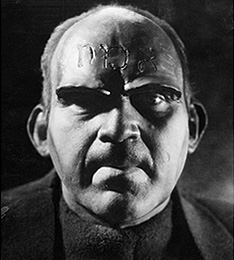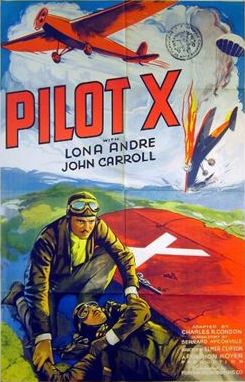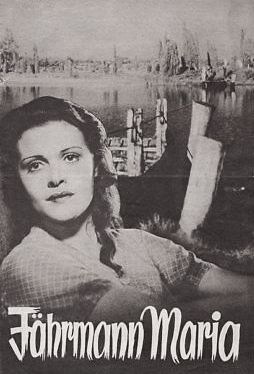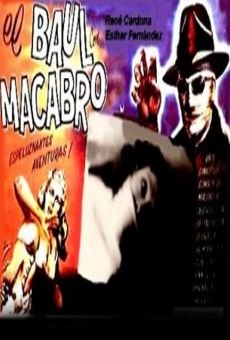Police detective Jimmy Kelly (Wally Ford) and ex-department store detective Marjorie Burns (Barbara Pepper) are in a hurry to get married so hop across the border to the Red Rock Tavern, which is instead an inn—I suppose when the producers couldn’t find a tavern set for cheap they decided it was too much effort to change the word “tavern” to “inn” in the script—where they are supposed to meet with a Justice of the Peace. Instead they find a sinister wheelchair-bound innkeeper (John Elliot), his less sinister wife (Clare Kimball Young), a mentally challenged employee who is frightened by the night, Gloria who reads fortunes (Joan Woodbury), and a few guys who might as well have “CRIMINAL” tattooed on their foreheads. One of the crooks is killed, supposedly by a half-wolf dog. When a second is killed, Jimmy finally gets involved in solving what are clearly murders.
It’s another Poverty Row Old Dark House mystery, though the house is a hotel, and they are isolated mainly because no one has a car. But there are howls, gusting winds, proclamations of deaths to come, power outages, and a secret passageway, so it just barely makes its way into the subgenre.
Wallace Ford could be a decent supporting player (as in Harvey fourteen years later), but he couldn’t handle larger roles, particularly in cheaply-made horror films. Just as in One Frightened Night and Night of Terror, he doesn’t play a character, instead choosing just to be obnoxious and pushy and call it a day. It harmed those films and it kills this one. Jimmy is dismissive of his fiancée to the point of abuse, making it very hard to figure why she wants to marry him. Of course Marjorie is weak-willed, cowardly, and fairly annoying herself—not uncommon traits for female leads in mid-30s B-movies. Jimmy and Marjorie clearly aren’t in love and shouldn’t get married, and there could be some interesting tension built off of that if that had been the filmmakers’ intention, but it seems we’re supposed to like them and want them to get together.
The rest of the cast do better as a majority of them are so generic they it’s hard to dislike them or have any feeling about them at all. I couldn’t tell the crooks apart. The only one who stands out in a positive way is Gloria because she’s given something to do (declare that death is coming) and because the cameraman apparently was in love with her; that’s my best guess as she’s given long intense shots where she is lit beautifully while everything and everyone else looks horrible.
The story falls apart at the end, with a red herring that makes no sense, but I’d checked out long before then.










